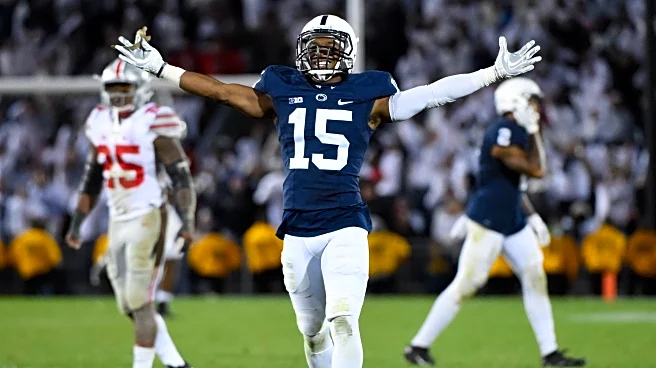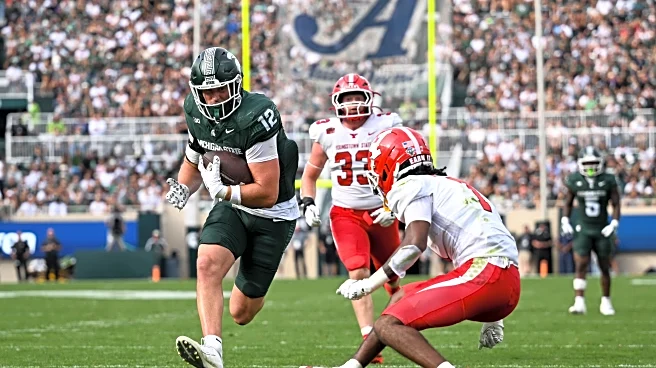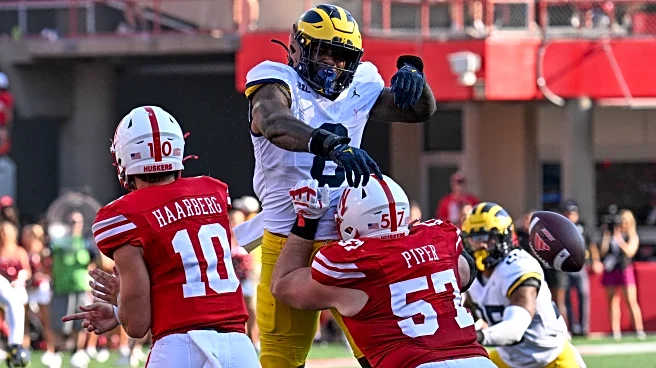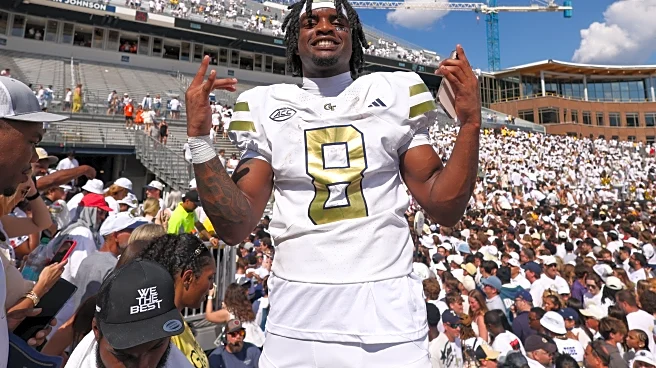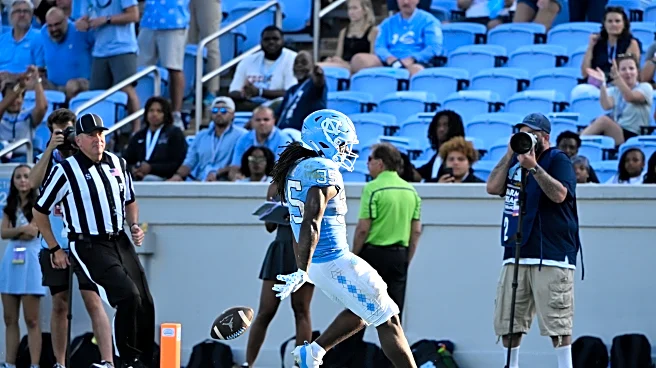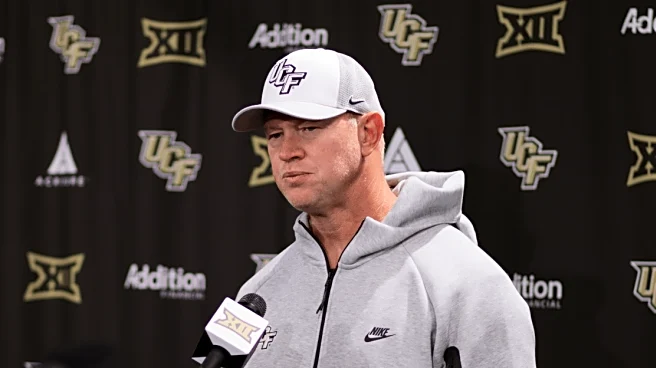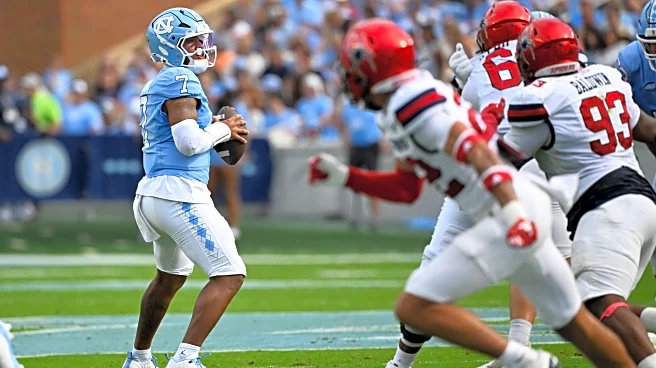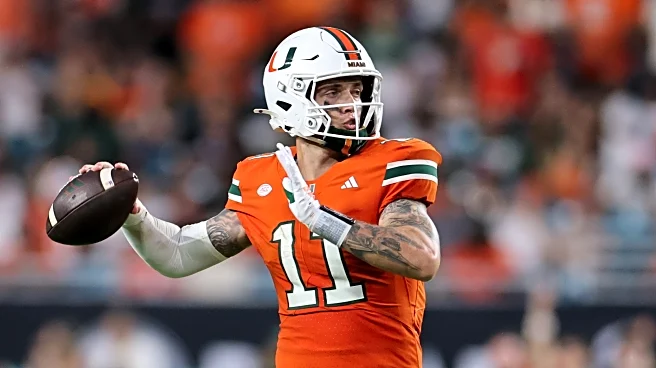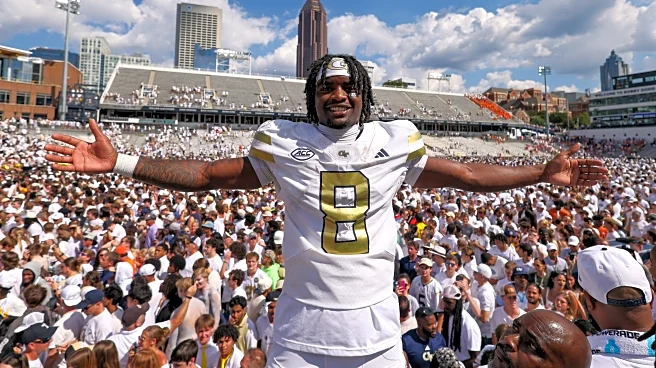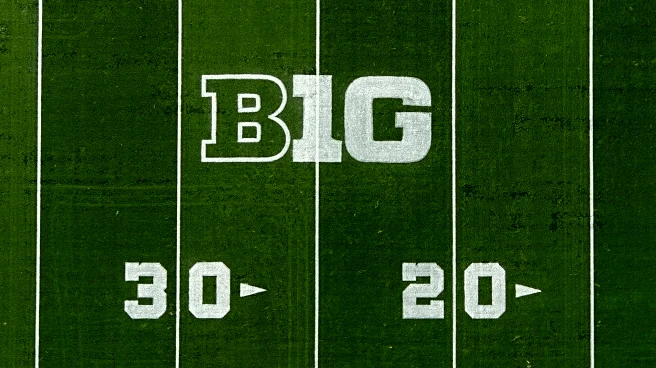After the brutal loss that was the season opener, UNC football has bounced back with a couple wins, albeit not against the toughest competition exactly. The victories over Charlotte and Richmond have Carolina above .500, but it’s unclear exactly what those wins mean for the 2025 team going forward. We’ll almost certainly get a better idea of where the Tar Heels stand this week.
On Saturday, UNC will head out on the road to take on UCF down in Orlando. The Golden Knights are off to a 2-0 start in coach
Scott Frost’s second stint there, although they haven’t faced the strongest competition either, beating Jacksonville State and North Carolina A&T.
The two wins also had different stories. The game against FCS A&T was of absolutely no issue, as UCF blew them out by 61. However, Conference USA’s Jacksonville State kept the game close. The Gamecocks even led 10-3 in the fourth quarter before UCF scored two touchdowns in the final 10 minutes to rally past them.
While an FBS team is more likely than not to have more talent than an FCS one and possibly keep a game close, there is one major difference in how UCF was able to obliterate one but go right down to the wire against the other. That difference came in how the Golden Knights were able to move the ball on the ground.
Against Jacksonville State, UCF only managed 108 rushing yards on 37 attempts, which equates to 2.9 yards per attempt. Even when you factor the sacks out of that total, the yards per genuine rushing attempt only goes up to 3.6. Both of the Gamecocks’ opponents since then have managed to pick up over five yards per attempt. Sure, it was UCF’s first game back under Frost, but that is a pretty poor rushing performance.
Flash forward to game two, and the Golden Knights had absolutely no issue running the ball. Against A&T, UCF went for 356 yards on 32 attempts, which equates to 11.1 yards per attempt. In addition to that, seven of their nine touchdowns for the game came on the ground, including three different ones that went for 60+ yards.
You have to give some credence to the different level of competition between an FBS team that went 9-5 last year (JSU) and a FCS team that went 1-11 (A&T), but that’s just too large a difference to be a coincidence. UCF had two carries against A&T that alone can surpass their total from the Jacksonville State game.
Frost’s teams generally run a spread option offense. In his 2017 season at UCF, which got him his ill-fated Nebraska tenure, the Golden Knights utilized quarterback McKenzie Milton, who averaged nearly six yards per attempt on the ground, to help open up the passing game, where he then averaged over 10 yards per attempt through the air. While I can’t profess to have watched UCF this year, and it’s unfair to assume Frost hasn’t changed the scheme at all, you’d have to assume their general aims are the same. Either way, if you can keep UCF in check on the ground, you have a chance to clogging things up for them offensively. Whether UNC can do that remains to be seen.

